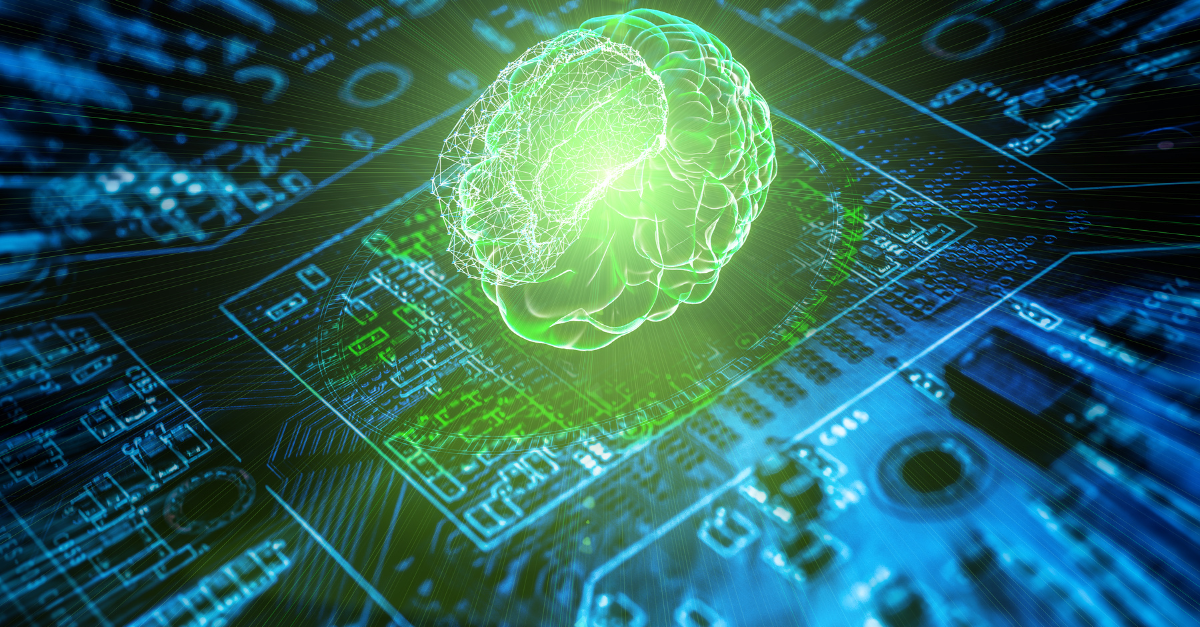In the fast-changing world of artificial intelligence, NeuroSymbolic AI stands out as a groundbreaking method that connects the strengths of deep learning’s ability to recognize patterns with the principles of traditional logical reasoning. This new approach marks a significant advancement in AI, aiming to address key shortcomings of current machine learning models by merging the adaptability of neural networks with the clarity and reasoning abilities of symbolic logic.
Understanding NeuroSymbolic AI: A Conceptual Overview
NeuroSymbolic AI is an innovative combination of two strong computational methods. It merges the pattern recognition strengths of deep learning with the logical accuracy of symbolic reasoning, tackling important issues in artificial intelligence. The main aim is to develop AI systems that can:
- Learn from complex data patterns
- Apply logical reasoning
- Provide transparent decision-making processes
- Enhance interpretability of AI systems
Core Components of NeuroSymbolic AI
The design of NeuroSymbolic AI merges two different but complementary computing approaches:
- Neural Networks: Capturing complex patterns and representations
- Symbolic Reasoning: Applying logical rules and knowledge representation
Bridging the Reasoning Gap
Limitations of Traditional Deep Learning
Traditional deep learning models excel at pattern recognition but struggle with:
- Logical reasoning
- Explicit knowledge representation
- Transparent decision-making
- Handling abstract conceptual relationships
NeuroSymbolic AI’s Innovative Solutions
NeuroSymbolic AI logical reasoning approaches overcome these limitations by:
- Combining probabilistic reasoning with symbolic logic
- Facilitating clearer AI decision-making
- Building adaptable knowledge representation systems
- Creating stronger and more flexible AI models
Practical Applications of NeuroSymbolic AI
Transformative Potential Across Industries
The impact of NeuroSymbolic AI extends across multiple domains:
- Healthcare diagnostic systems
- Complex scientific research
- Advanced robotics
- Natural language processing
- Ethical AI development
Real-World Implementation Challenges
Implementing NeuroSymbolic AI requires:
- Advanced computational frameworks
- Interdisciplinary research approaches
- Sophisticated algorithmic design
- Continuous model refinement
Future Prospects and Research Directions
Researchers continue to explore NeuroSymbolic AI’s potential, focusing on:
- Improving reasoning capabilities
- Enhancing model interpretability
- Developing more flexible AI architectures
- Creating more human-like cognitive systems
Frequently Asked Questions:
- What makes NeuroSymbolic AI different from traditional AI approaches? A: NeuroSymbolic AI merges the pattern recognition strengths of deep learning with the logical reasoning abilities of symbolic reasoning, resulting in AI systems that are both more adaptable and easier to understand.
- Can NeuroSymbolic AI truly improve machine reasoning? A: NeuroSymbolic AI improves machine reasoning by combining neural networks with symbolic logic, surpassing the limitations of traditional methods.
- Is NeuroSymbolic AI applicable in practical scenarios? A: Yes, the approach shows promising applications in healthcare, scientific research, robotics, and complex decision-making environments.
- How does NeuroSymbolic AI address AI transparency concerns? A: By incorporating symbolic reasoning, NeuroSymbolic AI provides more transparent and interpretable decision-making processes compared to traditional black-box models.
- Can NeuroSymbolic AI help solve complex scientific problems? A: Absolutely, the approach shows significant potential in addressing intricate scientific challenges by combining data-driven insights with logical reasoning.

